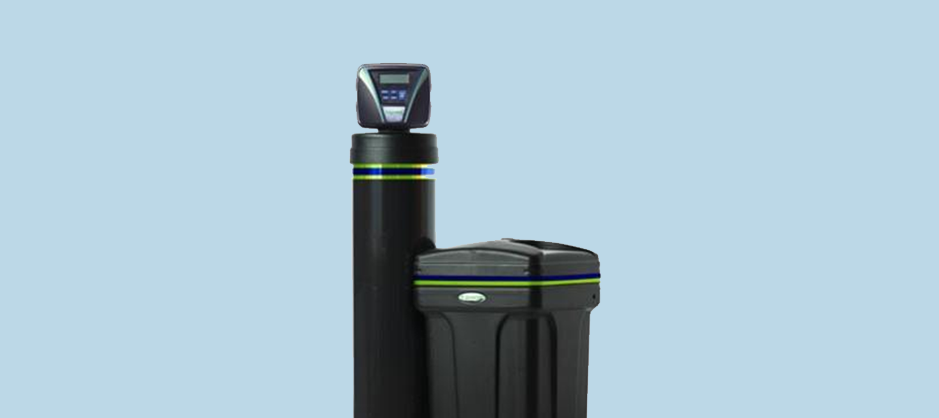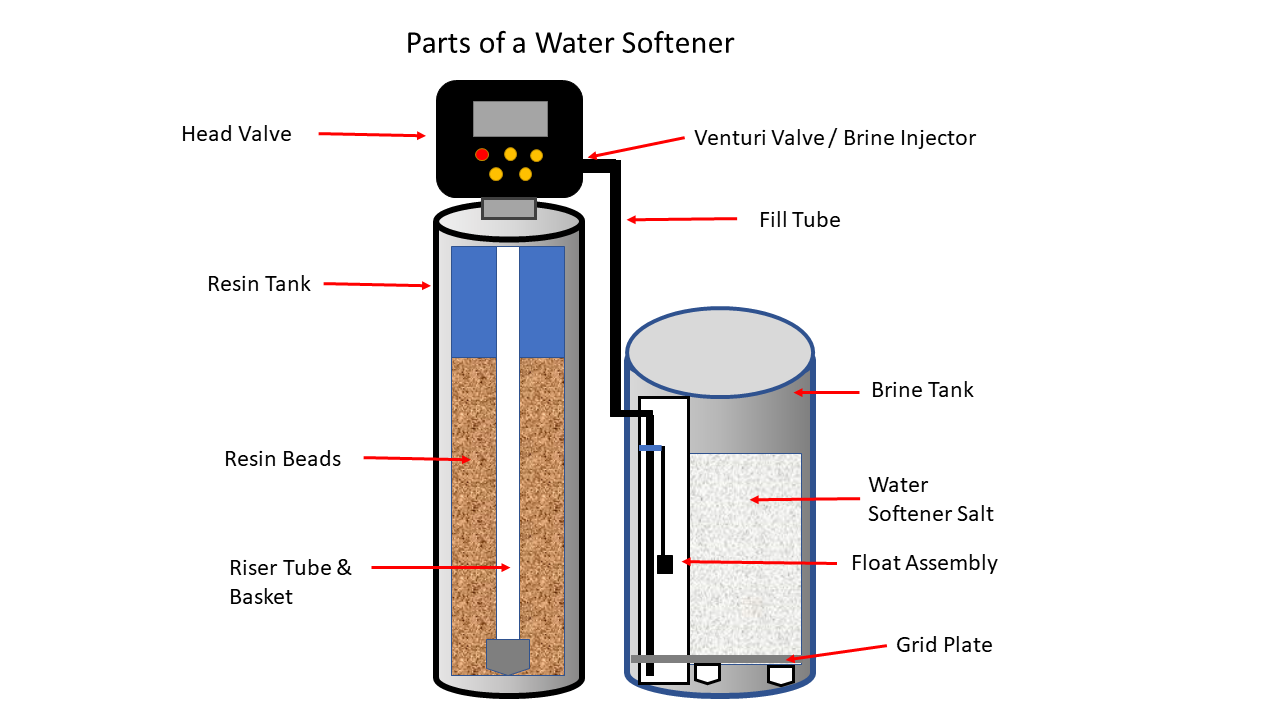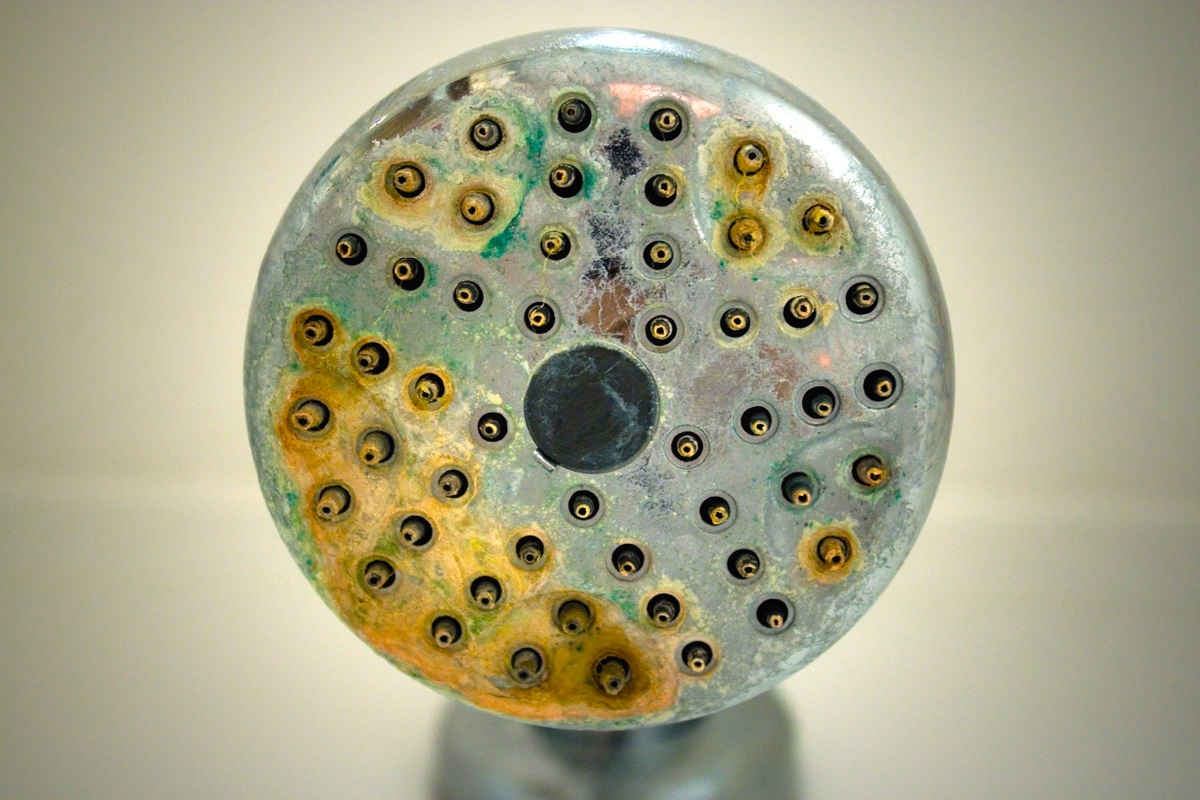A water softener is a smart investment in your home’s plumbing, appliance longevity, and water quality. But like any system, it needs regular upkeep to keep working effectively.
This guide walks you through essential maintenance tips to keep your water softener running at peak performance.
WaterSmart can help if you need expert advice or a professional tune-up - contact us today.
1. Why Water Softener Maintenance Matters
Routine water softener maintenance ensures your system is doing its job: removing excess minerals like calcium and magnesium that cause hard water.
A well-maintained softener can:
Prevent scale buildup in pipes, fixtures, and appliances
Improve the performance of dishwashers, washing machines, and water heaters
Reduce soap scum and spotting on dishes and glassware
Improve soap and detergent effectiveness, saving you money
Extend the overall lifespan of the softener unit
Without proper upkeep, your system may become inefficient, use more salt and water, or even break down prematurely.
A few simple monthly tasks can help you avoid costly repairs and keep your water consistently soft.
2. Check Your Salt Levels Regularly
Salt is the lifeblood of your water softener. It’s used during the regeneration cycle to clean the resin beads that remove hardness minerals from your water.
If salt levels drop too low, the system can’t regenerate properly, leading to hard water in your home.
Here's how to stay on top of it:
Open the brine tank lid and visually inspect the salt level once a month
Refill when the salt drops below half full
Aim to keep salt about 3 to 4 inches above the water level
Be cautious not to overfill, as this can cause salt bridging (more on that below)
You can also mark a recurring reminder in your calendar or phone so you never forget this quick but crucial step.
3. Use the Right Type of Salt
The type of salt you use directly affects your softener’s performance. Choosing the right one reduces maintenance needs and improves efficiency.
Recommended:
Evaporated Salt Pellets: These are highly purified and dissolve well, minimizing residue and buildup
Solar Salt: A more natural option that works well in areas with lower water hardness
Avoid:
Rock Salt: Although cheaper, it contains more impurities and can clog or damage your system over time
Also, check your softener's manual to see if it specifies a preferred type. Using a poor-quality salt can lead to bridging, mushing, and increased cleaning frequency.
4. Break Up Salt Bridges
A salt bridge is a hard, crusty layer that forms across the top of the salt in your brine tank, creating a gap between the salt and the water below.
When this happens, your softener can’t dissolve salt properly, preventing the regeneration process.
How to identify and break a salt bridge:
Use a broom handle or stick to gently press down into the salt
If it feels solid or hollow underneath, you likely have a bridge
Carefully break it up and remove large chunks if necessary
Pour warm water into the tank to help dissolve any clumps
Prevent bridging by keeping the tank in a low-humidity area and avoiding overfilling.
Using high-purity salt helps reduce the chances of a bridge forming in the first place.
5. Clean the Brine Tank
Even with good salt and regular checks, your brine tank can accumulate sludge, sediment, or mold over time.
A yearly cleaning can prevent salt mushing and bacterial growth.
Steps to clean your brine tank:
Turn off your water softener and unplug it if applicable
Remove any remaining salt and water using a scoop and sponge
Scrub the interior using warm water, dish soap, or a soft bristle brush
Rinse thoroughly to remove all soap or cleaning residue
Refill with fresh salt and reconnect the tank
Depending on your water source and salt quality, you may need to clean the tank every 6 to 12 months.
WaterSmart offers brine tank cleanouts if you'd rather leave it to the pros.
6. Inspect the Resin Bed
The resin bed inside your water softener is where the real magic happens. It attracts and holds onto hard water minerals before flushing them out during regeneration.
Over time, resin beads can become fouled by iron, chlorine, or organic matter.
Keep your resin bed in good shape by:
Using a resin bed cleaner every 6–12 months (especially if you have high iron levels)
Installing a pre-filter if you use well water or have high sediment
Monitoring for reduced softening effectiveness—this may mean your resin is breaking down and needs replacement
Most resin beds last 10–15 years with proper maintenance, but keeping them clean extends their life and keeps your water quality high.
Upgrading to a 10% resin water softener may cost a little more up front, but the benefits are substantial, especially over the lifespan of your system.
7. Watch for Signs of Trouble
Your water softener may not come with a warning light, but there are several signs that something's wrong.
Catching these early can save you from bigger headaches later.
Common issues to watch for:
Hard water symptoms return (soap scum, dry skin, mineral spots)
Water feels slippery or salty after softening
Unit constantly running or regenerating
Unusual noises or error codes on digital models
Low water pressure, especially if the resin bed is clogged
Any of these could indicate a salt bridge, a faulty valve, or worn-out resin beads. If your DIY efforts don’t solve the issue, it’s time to call in a technician.
Regular maintenance may seem minor, but it plays a major role in extending the life of your water softener and keeping your home protected from the damaging effects of hard water.
With the right salt, timely cleanings, and attention to performance issues, you can ensure your system continues delivering soft, high-quality water for years to come.
And remember—when in doubt, WaterSmart is just a phone call or click away.
Call WaterSmart for Professional Help
Sometimes, maintenance goes beyond what a homeowner can—or wants to—do. That’s where we come in.
At WaterSmart Systems & Plumbing, our licensed technicians have decades of experience servicing and installing all types of water softeners.
Whether it’s a quick repair, annual inspection, or complete system upgrade, we’re here to help you protect your investment and enjoy reliably soft water year-round.
We proudly install high-performance, Canadian-made 10% resin water softeners designed to give you cleaner, softer water with less hassle, year after year.
And remember, installation is always free with the purchase of any WaterSmart water softener. In addition, we install our Smart Series water softeners a little differently than the conventional softener to make it more water-efficient.
Contact us today for a free water test or to learn more about the benefits of upgrading to 10% resin.
Your water softener should work as hard as you do - let’s make sure it lasts.
“Arrived on time did an excellent job and was fairly priced. I would not hesitate to use them again. Many thanks Watersmart!”






